My Bunded Oil Tank is Leaking! What to Do Next
Contents
- 1 What to Do If Your Bunded Oil Tank Is Leaking
- 2 1. Recognising the Signs of a Leak
- 3 2. Immediate Safety Precautions
- 4 3. Containment and Temporary Measures
- 5 4. Assessing the Damage
- 6 5. Contacting Professionals
- 7 6. Preventing Future Leaks
- 8 External References & Guidelines
- 9 Internal Resources (Oil Tanks Plus)
- 10 Conclusion
What to Do If Your Bunded Oil Tank Is Leaking
Introduction
Noticing a leak in your bunded oil tank can be alarming—and for good reason. It brings environmental risks, potential harm to your property, and safety concerns. This guide walks you through what to do immediately if you detect a leak, how to assess the damage safely, and how preventative steps and timely professional help can keep your oil storage secure and compliant.
1. Recognising the Signs of a Leak
Before doing anything else, check for tell-tale signs of a leak:
- Puddles or staining around the tank base or along pipework
- A strong smell of oil near the tank or inside your building
- Oil levels dropping unexpectedly with no obvious usage increase
- Visible cracks, corrosion, or damage to the tank body, piping, or sight gauge
2. Immediate Safety Precautions
Your safety is the top priority. If you suspect a leak:
- Turn off any nearby heat or ignition sources—fires or sparks are hazardous near oil.
- Avoid using electrical tools or plugs in damp or oil-soaked areas.
- Keep people, pets, and vehicles away from the spill zone.
- For major leaks or if you smell strong oil vapour, evacuate the premises and call emergency services.
3. Containment and Temporary Measures
If it’s safe to do so, take these temporary steps to stop or limit damage:
- Use absorbent pads, spill kits, or even sand to contain spreading oil.
- Place a bucket or other catchment under dripping piping or leaks until a permanent fix is organised.
- Block drains or watercourses with temporary barriers—you don’t want oil making it into waterways.
- Ventilate the area if indoors (open windows or doors) to reduce vapour buildup.
4. Assessing the Damage
Once immediate risks are handled, get a clearer sense of what you’re dealing with:
- Identify whether the leak comes from the tank shell, some joint, piping, or fittings.
- Gauge how large the leak is and how fast oil is escaping.
- Take photos and notes—record the location, size, visible damage, and oil levels. This helps both insurers and repair professionals know what they’re facing.
5. Contacting Professionals
Leaks often need more than DIY solutions. To properly restore safety:
- Reach out to a certified technician (ideally OFTEC registered) for safety evaluation.
- If the leak has impacted the environment (soil, water, drains), you may need to inform the Environment Agency.
- Contact your insurance provider right away—keep your evidence (photos, estimates, repair quotes).
- Don’t attempt major repairs yourself if you’re not qualified—it can worsen risk or void insurance.
6. Preventing Future Leaks
Once everything’s fixed, help ensure it doesn’t happen again:
- Schedule regular inspections of the tank, piping, valves, and sight gauges—ideally at least annually.
- Keep the base solid, level, and clear of vegetation or debris that could damage fittings.
- Consider installing leak detection alarms or secondary containment systems.
- Only use reputable installers and service providers to ensure all components meet UK standards.
External References & Guidelines
- Guidance from local authorities emphasises that inspect everything weekly for corrosion or damage, and stresses legal responsibilities if leaks affect watercourses. (Somerset County – Oil Tank Leaks)
- A UK government publication on “Domestic heating oil storage tanks – preventing leaks” provides detailed steps for prevention, containment, and legal cleanup responsibilities. (Breckland Council guide on preventing oil leaks)
Internal Resources (Oil Tanks Plus)
- For full guidance on installation, materials, and safety features, visit our Bunded Oil Tank Guide.
Conclusion
A leak in a bunded oil tank is serious—but with fast action, the right safety precautions, and competent professionals, damage can be minimised. Being vigilant, keeping up with maintenance, and knowing when to call in experts are your best strategies for safety. At Oil Tanks Plus, protecting your home and the environment is our top priority—don’t hesitate to reach out if you need help.
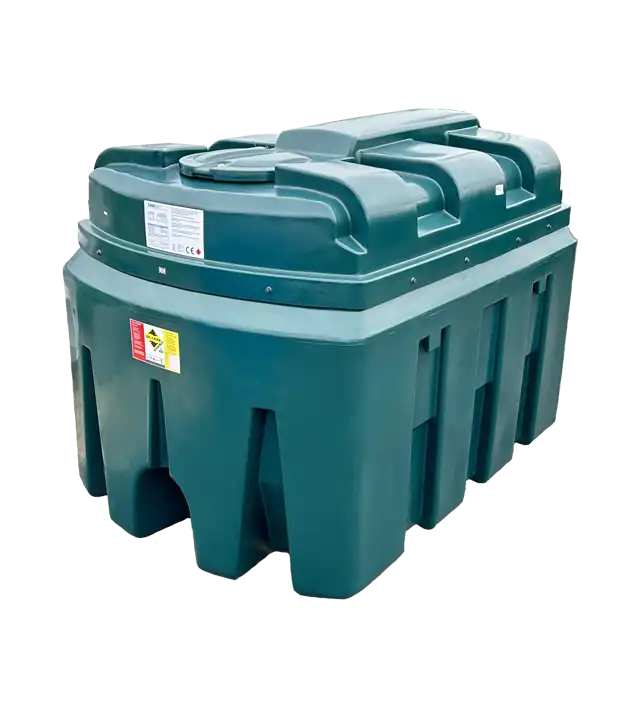
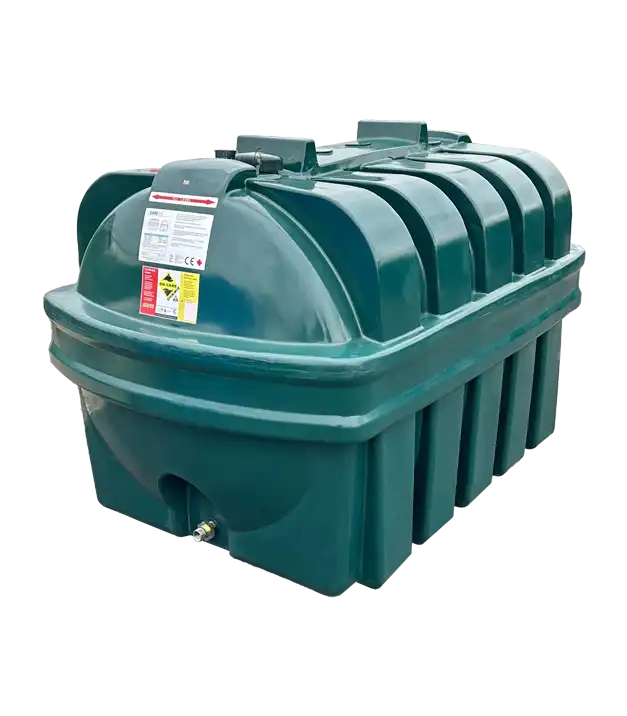

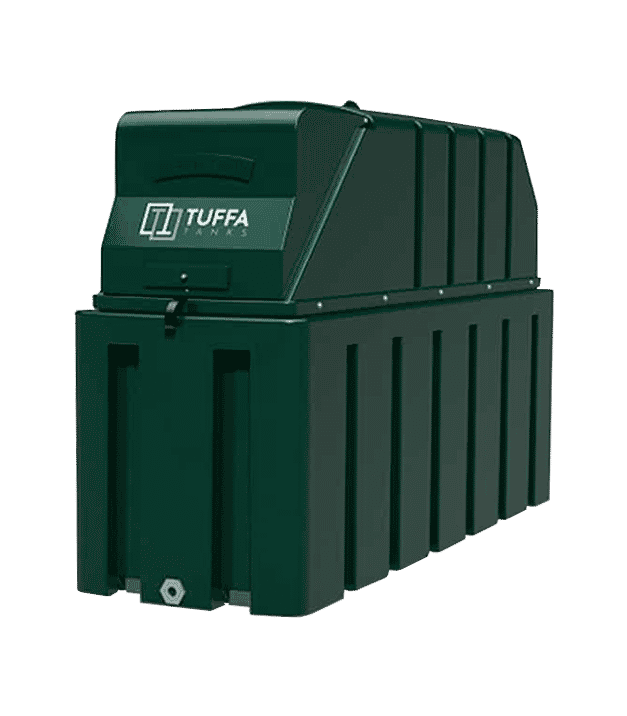

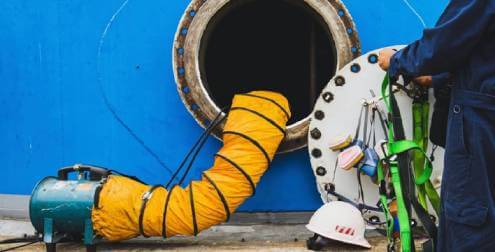
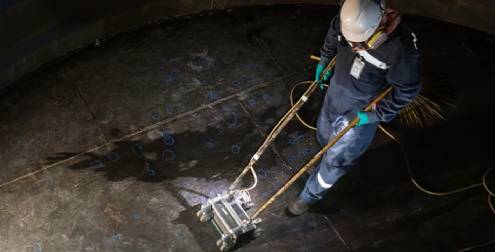

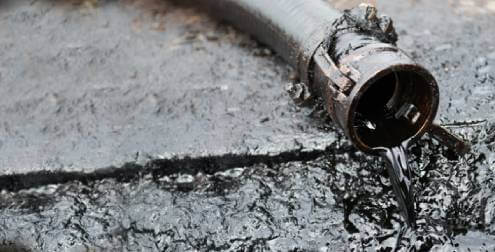
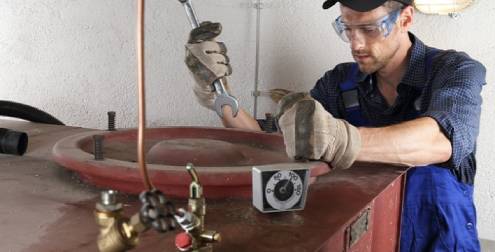

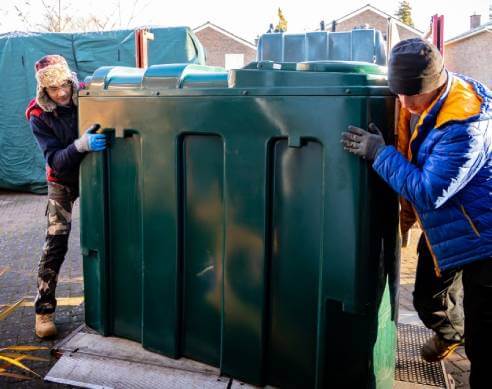
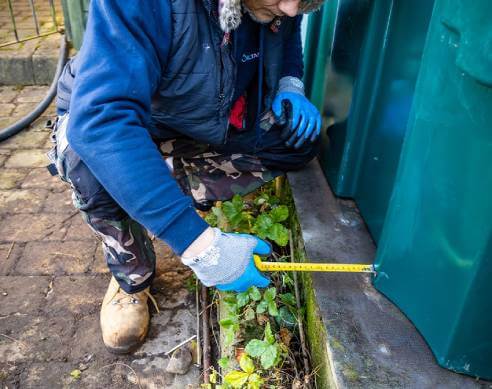


Share This: